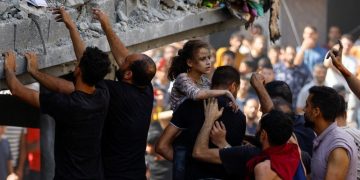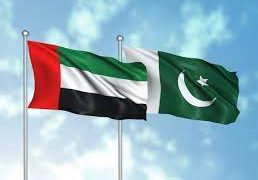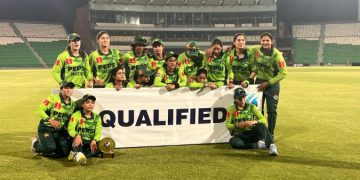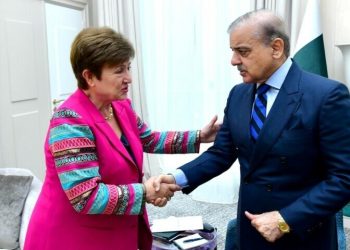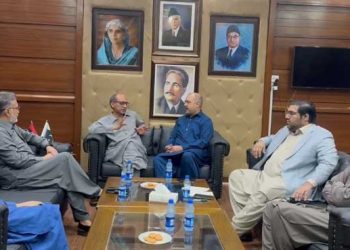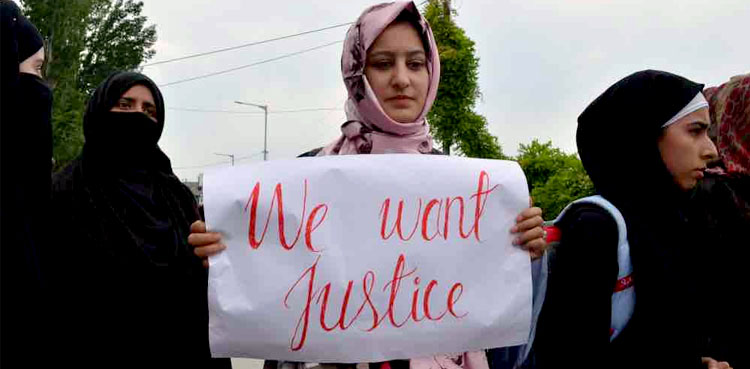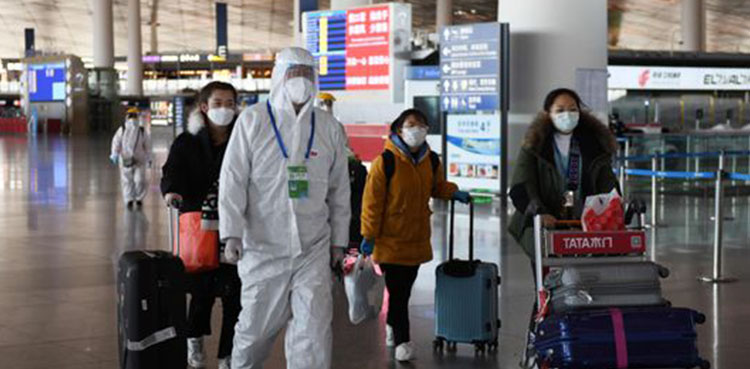Sindh Chief Minister Syed Murad Ali Shah has said that the recent heavy rains wreaked havoc in Karachi and Mirpurkhas divisions, therefore he has decided to conduct a study of the drainage system in Karachi by NED University and would make necessary change son the design of the LBOD.
This he said while talking to World Bank Country Director Mr Najy Benhassine who called on him here at the CM House. The meeting was attended by Chief Secretary Mumtaz Shah, Chairman P&D M. Waseem and PSCM Sajid Jamal Abro and World Bank Operation Manager Ms Melinda Good.
Mr Shah said that the recent heavy rains had caused urban flood in Karachi and inundated hundreds of villages in Mirpurkhas division and parts of Hyderabad division. He added that he has assigned the NED University to conduct study on the drainage system in the city and suggest ways and means to improve it so that disposal of water could be made in natural gravity.
The NED University has started its study work and would be completed within next two months and then the drainage system of the city would be designed accordingly, Mr Shah said and added the World Bank expert support to design a modern drainage system in the city would be inevitable. The CM said that there were design defects in 385-kilometre long Left Bank Outfall Drain (LBOD) which started flowing backwards during the high tide in the sea. “Therefore, instead of disposing of saline water or rainwater the LBOD starts submerging the nearby localities,” he said and added, therefore, he has decided to remove design defects from the LBOD.
Murad Ali Shah urged the World Bank to provide technical assistance to the provincial government in removing design detects from the LBOD. The World Bank Country Chief, Mr Naijy said that his technical team would extend full support to Sindh government in development drainage system in Karachi and removing design defects of the LBOD.
Yellow Line: The World Bank is going to construct a Rs61 billion 22- km long Yellow Line BRT corridor, including its infrastructure, drainage, lighting, busways, stations, terminal and depot. The chief minister said that the Yellow Line was the most important project for the city.
He added that it has been developed primarily along Korangi and Korangi Industrial Area roads connecting Karachi’s Southeastern [Korangi Town, Landhi Town, Bin Qasim town] characterized for being large and dense industrial and residential areas. Sout-hcentral districts such as Clifton Cantonment, outer-Jamshed Town and Central districts like Karachi cantonment, inner Jamshed Town and Saddar Town. The chief minister said that the World Bank was preparing its design which needed to be expedited so that the project could be taken up.
The World Bank country head assured the chief minister that the design of the project would be completed at the earliest.It may be noted that the BRT would have a one-kilometer mixed route on Shahrah-e-Faisal and it would have eight underpasses and two elevated U-turns, 268 buses and 28 stations, including 22 at grade and six at underpasses.
The meeting also discussed a large number of world bank sponsored on-going and new projects and agreed to review the performance of the entire portfolio very soon.



